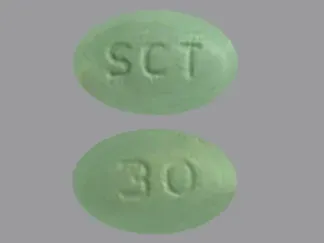Cinacalcet Disease Interactions
There are 3 disease interactions with cinacalcet.
Cinacalcet (applies to cinacalcet) hypocalcemia
Moderate Potential Hazard, Moderate plausibility.
Cinacalcet lowers serum calcium, and therefore patients should be carefully monitored for the occurrence of hypocalcemia. Potential manifestations of hypocalcemia include paresthesias, myalgias, cramping, tetany, and convulsions. Cinacalcet treatment should not be initiated if serum calcium is less than the lower limit of the normal range (8.4 mg/dL). Monitor serum calcium 1 week after treatment initiation or dose adjustment, and once every month once the maintenance dose has been established.
Cinacalcet (applies to cinacalcet) hypotension
Moderate Potential Hazard, Moderate plausibility. Applicable conditions: Heart Disease
Postmarketing safety surveillance studies have reported cases of hypotension, worsening heart failure and/or arrhythmias in patients with impaired cardiac function receiving cinacalcet. A causal relationship could not been excluded and this may be mediated by reductions in serum calcium. Cinacalcet should be used with caution in patients with hypotension or preexisting impaired cardiac function.
Cinacalcet (applies to cinacalcet) seizures
Moderate Potential Hazard, Moderate plausibility.
Cinacalcet may lower seizure threshold in patients with a history of seizures. Serum calcium levels should be closely monitored in patients receiving cinacalcet, particularly in patients with history of seizure disorders.
Switch to professional interaction data
Cinacalcet drug interactions
There are 158 drug interactions with cinacalcet.
Cinacalcet alcohol/food interactions
There are 2 alcohol/food interactions with cinacalcet.
More about cinacalcet
- cinacalcet consumer information
- Check interactions
- Compare alternatives
- Pricing & coupons
- Reviews (11)
- Drug images
- Side effects
- Dosage information
- During pregnancy
- Drug class: calcimimetics
- Breastfeeding
- En español
Related treatment guides
Drug Interaction Classification
| Highly clinically significant. Avoid combinations; the risk of the interaction outweighs the benefit. | |
| Moderately clinically significant. Usually avoid combinations; use it only under special circumstances. | |
| Minimally clinically significant. Minimize risk; assess risk and consider an alternative drug, take steps to circumvent the interaction risk and/or institute a monitoring plan. | |
| No interaction information available. |
See also:
Further information
Always consult your healthcare provider to ensure the information displayed on this page applies to your personal circumstances.


